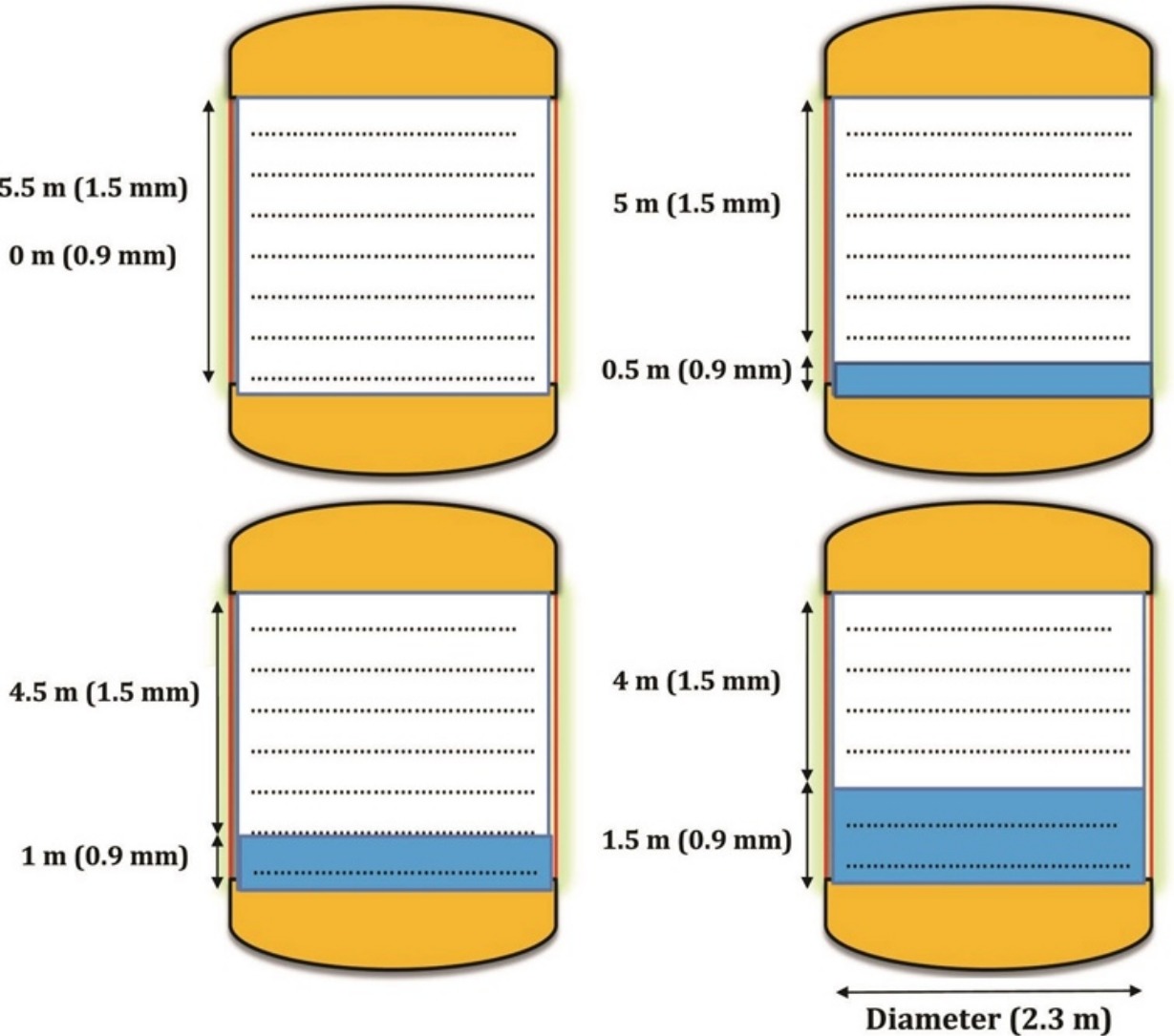- Volumes 84-95 (2024)
-
Volumes 72-83 (2023)
-
Volume 83
Pages 1-258 (December 2023)
-
Volume 82
Pages 1-204 (November 2023)
-
Volume 81
Pages 1-188 (October 2023)
-
Volume 80
Pages 1-202 (September 2023)
-
Volume 79
Pages 1-172 (August 2023)
-
Volume 78
Pages 1-146 (July 2023)
-
Volume 77
Pages 1-152 (June 2023)
-
Volume 76
Pages 1-176 (May 2023)
-
Volume 75
Pages 1-228 (April 2023)
-
Volume 74
Pages 1-200 (March 2023)
-
Volume 73
Pages 1-138 (February 2023)
-
Volume 72
Pages 1-144 (January 2023)
-
Volume 83
-
Volumes 60-71 (2022)
-
Volume 71
Pages 1-108 (December 2022)
-
Volume 70
Pages 1-106 (November 2022)
-
Volume 69
Pages 1-122 (October 2022)
-
Volume 68
Pages 1-124 (September 2022)
-
Volume 67
Pages 1-102 (August 2022)
-
Volume 66
Pages 1-112 (July 2022)
-
Volume 65
Pages 1-138 (June 2022)
-
Volume 64
Pages 1-186 (May 2022)
-
Volume 63
Pages 1-124 (April 2022)
-
Volume 62
Pages 1-104 (March 2022)
-
Volume 61
Pages 1-120 (February 2022)
-
Volume 60
Pages 1-124 (January 2022)
-
Volume 71
- Volumes 54-59 (2021)
- Volumes 48-53 (2020)
- Volumes 42-47 (2019)
- Volumes 36-41 (2018)
- Volumes 30-35 (2017)
- Volumes 24-29 (2016)
- Volumes 18-23 (2015)
- Volumes 12-17 (2014)
- Volume 11 (2013)
- Volume 10 (2012)
- Volume 9 (2011)
- Volume 8 (2010)
- Volume 7 (2009)
- Volume 6 (2008)
- Volume 5 (2007)
- Volume 4 (2006)
- Volume 3 (2005)
- Volume 2 (2004)
- Volume 1 (2003)
• An industrial ethane dehydration unit was mathematically modeled.
• The effects of particle size and a two-layer system were investigated.
• A 33.8 % reduction in energy was achieved in the proposed system.
The 3A zeolites are excellent adsorbents for industrial-scale gas dehydration because of the low energy required for regeneration and ease of operation. A computational study of the dehydration of an industrial feed stream containing ethane and water was performed using an in-house code that included an appropriate equilibrium adsorption isotherm. The validated computational model was used to examine the impact of particle size on the process dynamics and the corresponding pressure drop. The water concentration along the adsorption column was also investigated. To increase the process capacity, the packed adsorption bed was divided into two distinct layers, which were operated with different particle sizes. The length of each layer was determined by a parametric study. The best breakthrough time, i.e., 107,800 s, at the allowed pressure drop was obtained when the lengths of the first and second layers were 4.5 and 1 m, respectively. The results showed that the new two-layer adsorption bed could save around 33.8% in total energy requirement in comparison to that of a single bed.

